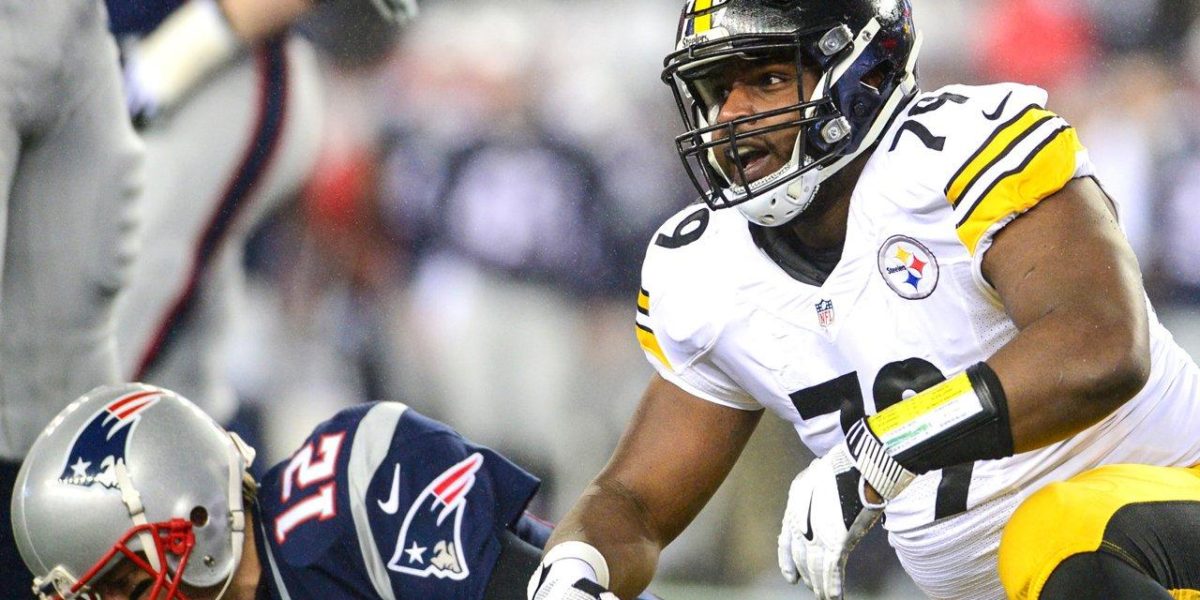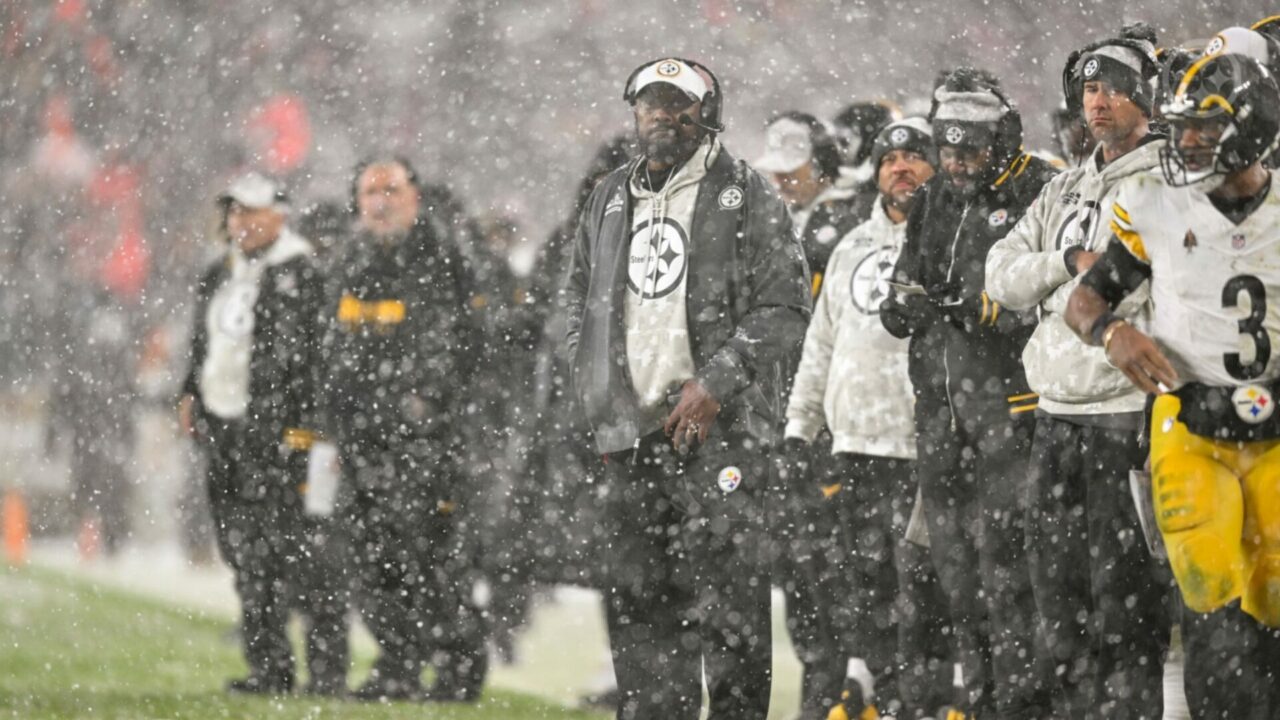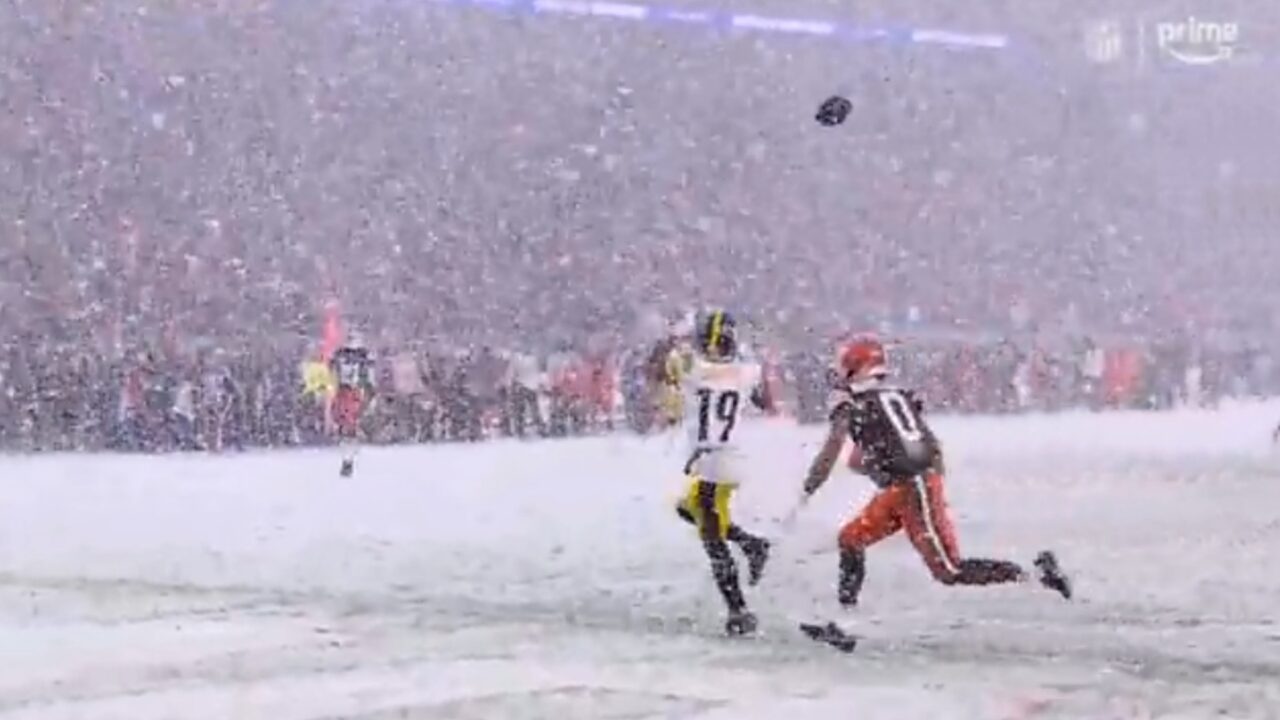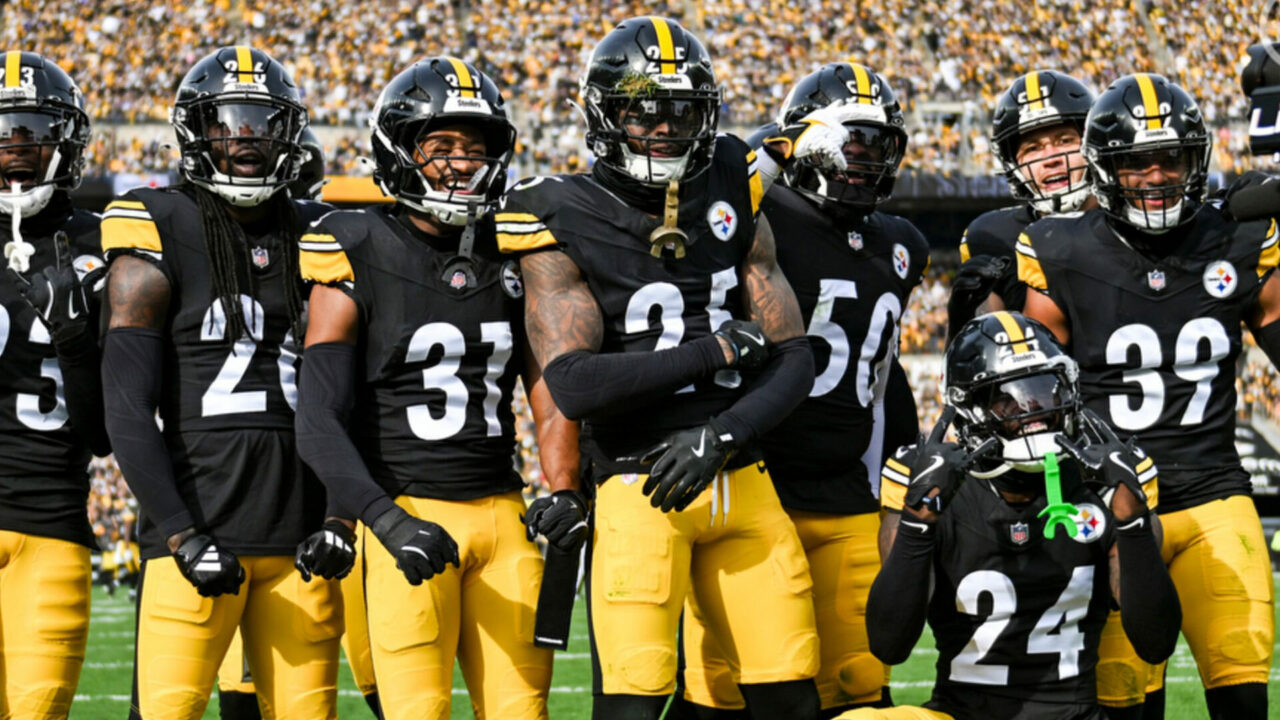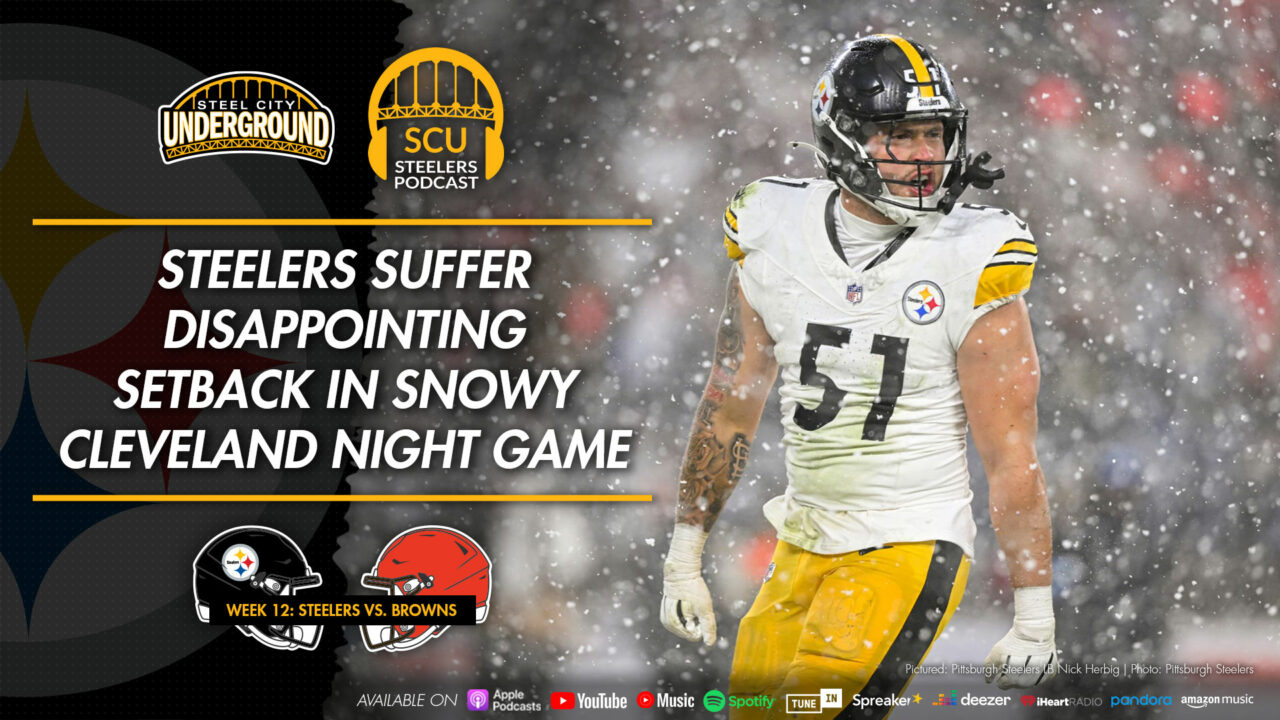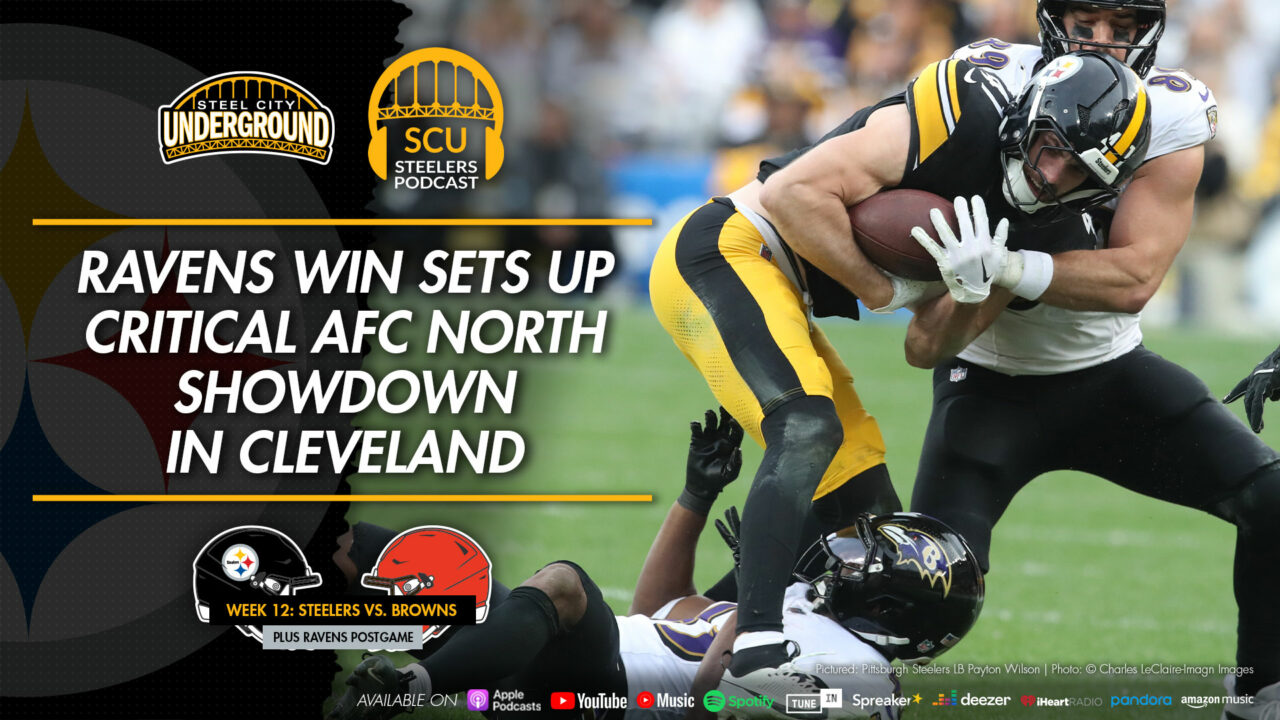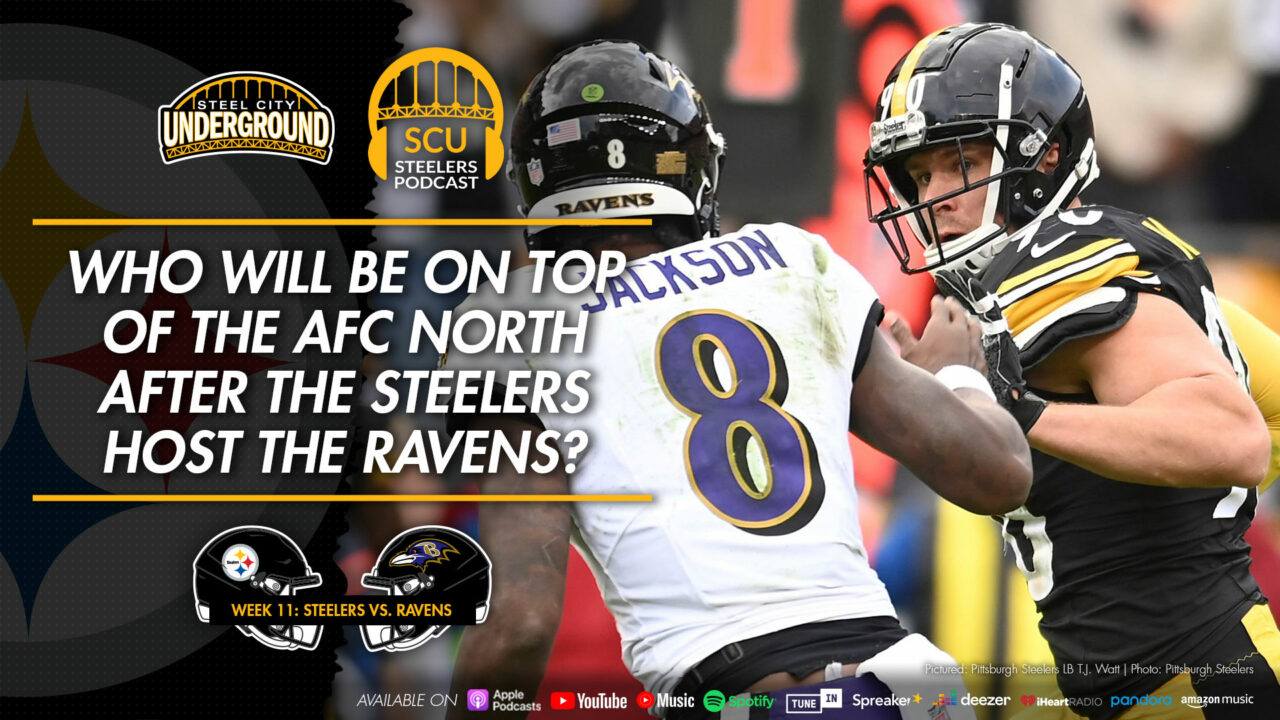Film Room: Analyzing close calls in the AFC Championship game
I must preface the headline by mentioning that criticizing officiating has never been “my thing”, nor do I feel it’s the reason the Pittsburgh Steelers outright lost to the New England Patriots in Sunday’s AFC Championship game.
The purpose of this exercise is to discuss what I feel is the “inconsistent consistency” of the enforcement of the National Football League’s rules. I will comment on each of these clips by asking you to be “the judge” in terms of what you are seeing.
Keep in mind, referees must make these calls in real time, and not in slow motion. The game is fast, oftentimes too fast for the human eye.
These are things I truly understand, being an official myself (albeit in a different sport, but having done so at a high level.) However, I also understand that the thankless job of officiating comes with scrutiny, as millions of eyes are on you to make sure games are competed in a fair manner.
That’s where I want to review several calls made in the AFC Championship game, how they may compare with others we’ve seen this season, and how it had an impact on the game.
Shazier’s Unnecessary Roughness Penalty
The play occurred on a 2nd-and-5 from New England’s 21-yard line, about 2 minutes into the second half. Pittsburgh had just gone three-and-out, down 17-9.
Shazier gets tagged with an Unnecessary Roughness for 15 yards, “hitting a defenseless receiver”.
I guess we can agree to disagree on this one maybe. While it appears Shazier drops his head, so does Lawrence Timmons… or just about anyone committing a tackle. The difference between this, and Shazier’s hit on Gio Bernard in last year’s postseason, is that Shazier actually doesn’t lead with the crown of his helmet. Furthermore, upon replay, his facemask hits Julian Edelman in the shoulder/back.
Since Edelman has not had an opportunity to recover from attempting to make the catch, he is in fact a defenseless player. The next step is to determine a point of contact, of which the following are prohibited:
- forcibly hitting the defenseless player’s head or neck area with the helmet, facemask, forearm, or shoulder, even if the initial contact is lower than the player’s neck, and regardless of whether the defensive player also uses his arms to tackle the defenseless player by encircling or grasping him
- lowering the head and making forcible contact with the crown or ”hairline” parts of the helmet against any part of the defenseless player’s body
- illegally launching into a defenseless opponent. It is an illegal launch if a player (i) leaves both feet prior to contact to spring forward and upward into his opponent, and (ii) uses any part of his helmet to initiate forcible contact against any part of his opponent’s body. (This does not apply to contact against a runner, unless the runner is still considered to be a defenseless player, as defined in Article 7.)
As you can see, its close as to whether Shazier makes contact with the head or neck area, or it’s simply Edelman’s shoulder.
Close call, which extends the Patriots drive to our next play.
The fumble that wasn’t a fumble
It was literally the next set of downs which caused more controversy. On 3rd-and-1 from their 45, Tom Brady attempted a quarterback sneak in classic Tom Brady “hurry up offense” fashion. It appears Brady gets past the first down marker, but that’s not what all of the fuss is about: watch as the Patriots quarterback loses the football while lunging for the down marker.
There are so many problems with this play, and how it was ruled on the field, I’m not sure where to begin.
For starters, as mentioned on television, the officiating crew announced that the Steelers had a clear recovery of the football, but had ruled Tom Brady down by contact. You can actually see Steelers defensive lineman Javon Hargrave with the ball at the end of this clip, and in the beginning, you can also tell Brady loses the football.
That should be enough to reverse the call on the field, as Brady’s knee isn’t down.
Of debate, and not challenged, is the spot of the ball. If he was ruled down, but wasn’t, the ball maybe doesn’t advance the two yards the Patriots were spotted either.
The broadcasters were as confused as we were at home, and the officials didn’t change the call. VP of officiating Dean Blandino attempted to explain it in a short tweet:
No video evidence of either team recovering the loose ball. By rule call on field stands.
— Dean Blandino (@DeanBlandino) January 23, 2017
However, the challenge was in fact for “runner down by contact”, not, a clear recovery; which was announced and can be seen with Hargrave coming out of the pile.
Talk about a tough break: New England moves the ball a bit more, before the Steelers defense stops them, with Stephen Gostkowski making a 47-yard field goal to extend his team’s lead 20-9.
If the call is overturned, it takes 3 points off of the board here.
Pass interference no calls
This is where I’ll have to ask you, the reader, to decide with your own eyes.
Pass interference is defined as, when any act by a player more than one yard beyond the line of scrimmage significantly hinders an eligible player’s opportunity to catch the ball. (Defensive pass interference rules apply from the time the ball is thrown until the ball is touched.)
Permissible acts include:
- Incidental contact by an opponent’s hands, arms, or body when both players are competing for the ball, or neither player is looking for the ball. If there is any question whether contact is incidental, the ruling shall be no interference.
- Laying a hand on an opponent that does not restrict him in an attempt to make a play on the ball.
Those are permissible acts, while the main “no no” is any contact by a player, who is not playing the ball, that restricts the opponent’s opportunity to make the catch.
At what time is the Patriots’ Logan Ryan “playing the ball” if he is looking directly at Eli, and not the ball? (Answer: he’s not.)
We’ve seen this called throughout the year, and someone attempted making a comparison with Mike Mitchell’s play against Travis Kelce a week earlier, however in that scenario, the ball was thrown into Mitchell’s back before he makes contact with Kelce. Therefore, the ball is uncatchable and the contact occurs afterward.
Here, Rogers is hit before he can make a play on the ball.
Again, you be the judge.
I can make an argument either way, to be honest, and would be okay with a no call. (And I was.)
In much the same way, take a good luck at this play and be the judge again: see if you can count contact, not once, not twice, but three times.
I understand the magnitude of a big game, and “letting them play”, therefore, the earlier tugs on the jersey, in my opinion, are no big deal.
However… tackling Jesse James, before the ball arrives, is blatant pass interference. (I’m sure you agree too.)
The reason for pointing out both of these plays specifically, is that they occurred on third downs. The first play with Rogers, a 3rd-and-7 from Pittsburgh 37, which lead to the aforementioned series of the Shazier penalty and “no fumble”, and a Patriots field goal. (The game was still 17-9 at that point.)
The second play with James is the series directly following that Patriots field goal drive, a 3rd-and-7 with the Steelers in striking distance at the New England 39. A first down gets them to the 29 and potentially within Chris Boswell field goal range. (It also keeps Tom Brady and company off the field for another set of downs, minimum.)
Instead, the Patriots score a touchdown on the next drive, recover a fumble on Pittsburgh’s very next offensive play, and put up another TD following that drive: a 14-point swing, and a 17-point swing from the Rogers decision.
The final clip to dissect, isn’t an easy one either. On the next possession following those two Patriot touchdown drives, the Steelers offense marches down to the 2-yard line, facing a 4th-and-goal to go.
Cobi Hamilton attempts to high-point this Ben Roethlisberger back shoulder fade, but cannot come down with it.
Guess who?
Logan Ryan once again makes a similar play, never looking back toward the ball, and making contact (albeit minimal) with Hamilton.
A penalty is all but certain if Hamilton were to go straight up for the ball, on a play reminiscent of Santonio Holmes‘ Super Bowl winning touchdown catch. While the stakes weren’t as high at this point in the game, with the score certainly out of reach, a flag gets the Steelers a new set of downs.
The Catch-22? If Cobi plays for the penalty, he likely won’t be able to make the catch; but going for the catch, he can’t make it either.
But that isn’t the only thing going on in this clip: Jesse James is being held all the way into the back of the endzone. The play is certainly timed for Hamilton, but a pass toward James could’ve, and should’ve drawn a penalty as well.
Are you thinking I’m crazy yet for saying that?
Well I had mentioned earlier about referees being “consistently inconsistent”. In this very game, a defensive holding penalty was called in the secondary, away from an intended receiver. It’s not an uncommon call over the last couple of years, and one that appeared to be blatant here.
One could argue that James is attempting a similar “pick” pattern to clear out Hamilton for a one-on-one situation, however, it still doesn’t mean James should be mugged.
Conclusion
Bringing us back down to Earth, we could see how any one of these calls could’ve altered the course of the game. It still doesn’t prevent the fact that the Steelers defense didn’t make some key stops, or that the Steelers offense didn’t execute at other times. Yet, one could speculate on what might’ve been.
Again: you be the judge!
